Starting Today: Weekly Motorcycle Insights! Discover Fascinating Facts, History, and Journeys Every Friday—Kicking Off with Harley-Davidson!

Subscribe to our Telegram channel for instant updates!
Harley-Davidson, the 116-year-old titan of American motorcycle culture, is more than just a brand—it’s a lifestyle. With a legacy of powerful bikes and a loyal global fanbase, Harley-Davidson remains a symbol of freedom on the open road.
The Harley-Davidson saga began in 1903, right at the dawn of the Motor Age. Two friends, William Harley and Arthur Davidson, shared a dream of combining bicycles with engines.
But it wasn’t just these two visionaries; Arthur’s brothers, Walter and William Davidson, also joined the ride. From a humble backyard shed in Milwaukee, these four pioneers revved up what would become a legendary company.
Why “Harley-Davidson” and not “Davidson-Harley”? Simple: it was Harley who first dreamed of the motorcycle. Their first model may have been deemed too weak for Milwaukee’s roads, but they didn’t let that stop them. By 1906, they had their own factory, and by 1907, Harley graduated with an engineering degree, pushing production to 150 bikes a year.
The iconic V-Twin engine roared into existence by 1909, boosting the company’s production to over a thousand bikes annually. Fast forward to 1914, and Harley-Davidson was producing 16,284 motorcycles. In 1920, they were the largest motorcycle manufacturer in the U.S., and in the 1930s, they began adorning their tanks with the now-famous eagle designs.
Fun Facts to Fuel Your Curiosity

Harleys in the Trenches: During World War I, Harley-Davidson motorcycles became a crucial part of the U.S. military. In 1917, one-third of Harley’s production was commandeered for the war effort.
After the ceasefire, the first U.S. troops to enter Germany did so on Harleys. By 1920, Harley-Davidson had spread to 67 countries, claiming the title of the largest motorcycle manufacturer globally.
Military Marvels: In World War II, Harley-Davidson developed a special twin-cylinder engine for the U.S. Army, producing about 90,000 bikes from 1941 to 1945. These machines were designed to withstand the rigours of war, further cementing Harley’s rugged reputation.
Post-War Popularity: Post-World War II, Harley-Davidson continued to innovate with the introduction of the Sportster in the 1950s—the world’s first superbike. This new model propelled Harley into a new era of motorcycle manufacturing.
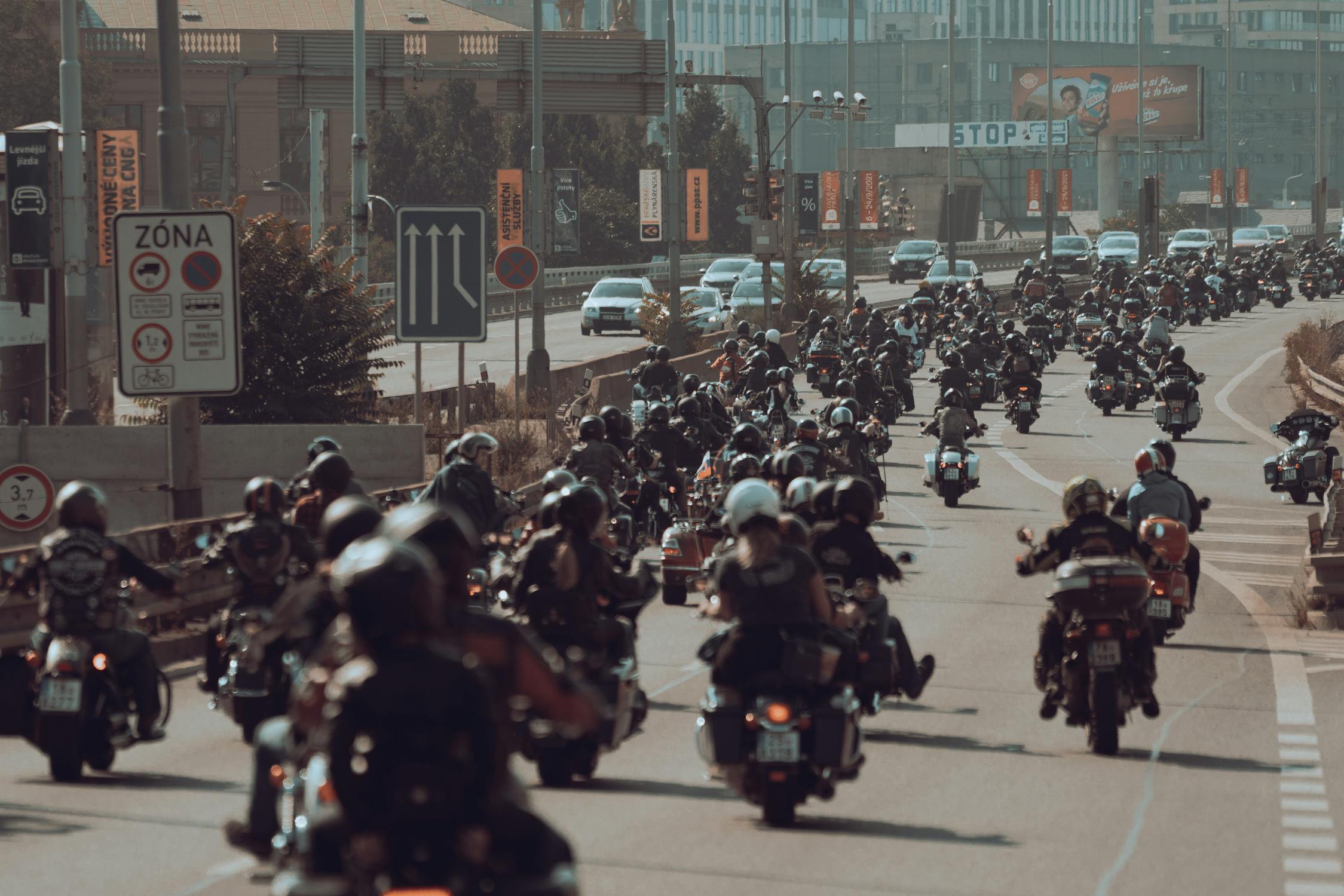
Global Presence: Harley-Davidson’s manufacturing might isn’t confined to the U.S. With factories in Brazil, India, and Thailand, and parts produced in Germany, Japan, Italy, Taiwan, and Mexico, Harley’s reach is truly global.
Even in the UAE, Harley-Davidson parts and bikes are easily accessible, reflecting the brand’s widespread influence.
Beyond Bikes: Harley-Davidson isn’t just about motorcycles. In 2018 alone, the company sold $292 million worth of non-motorcycle merchandise. From leather jackets and biker boots to home décor and toys, Harley’s brand appeal stretches far and wide.
Big hits celebrities like Pharrell Williams, Kanye West, Jason Momoa, and Selena Gomez are all part of the Harley-Davidson family, showcasing the brand’s enduring cool factor.
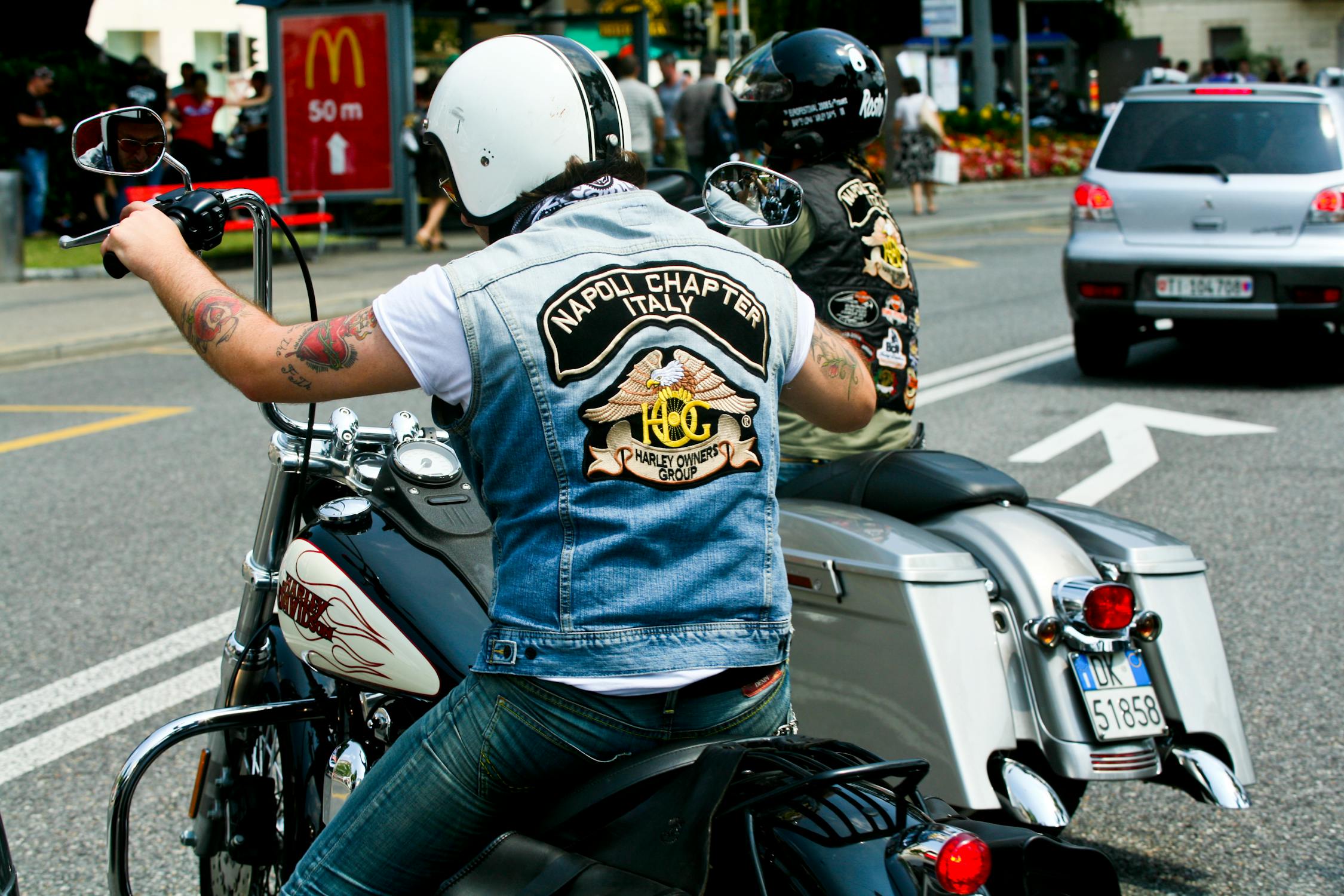
So there you have it—Harley-Davidson keeps on inspiring and captivating not just bikers but everyone who comes across its path.
The next time you see a Harley thundering down the road, think about the rich history and intriguing facts that make this legendary brand so much more than just a motorcycle company.




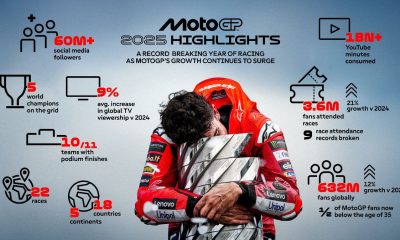
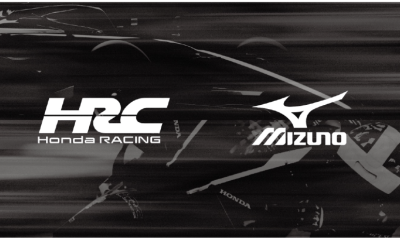
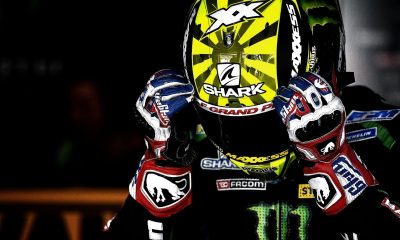

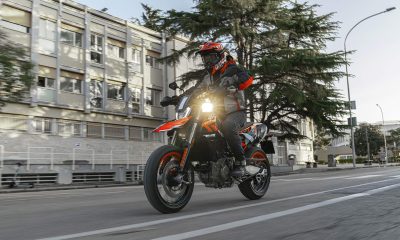
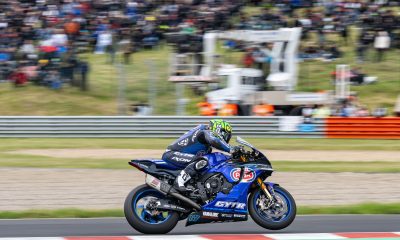
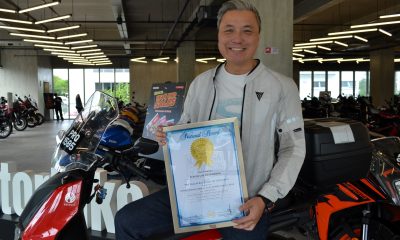
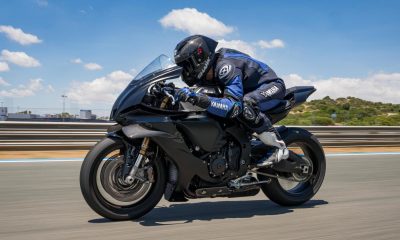
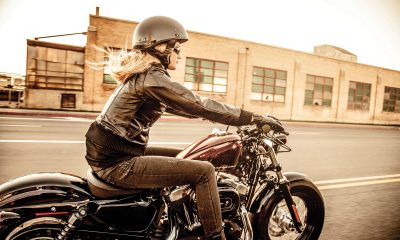
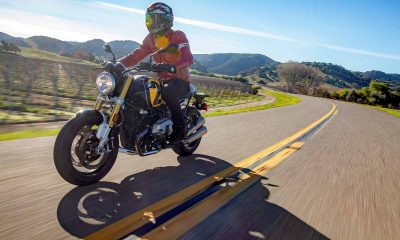
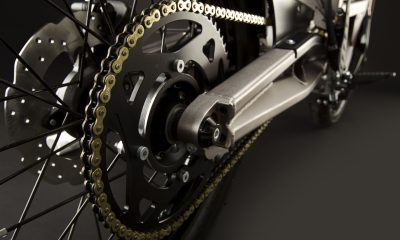

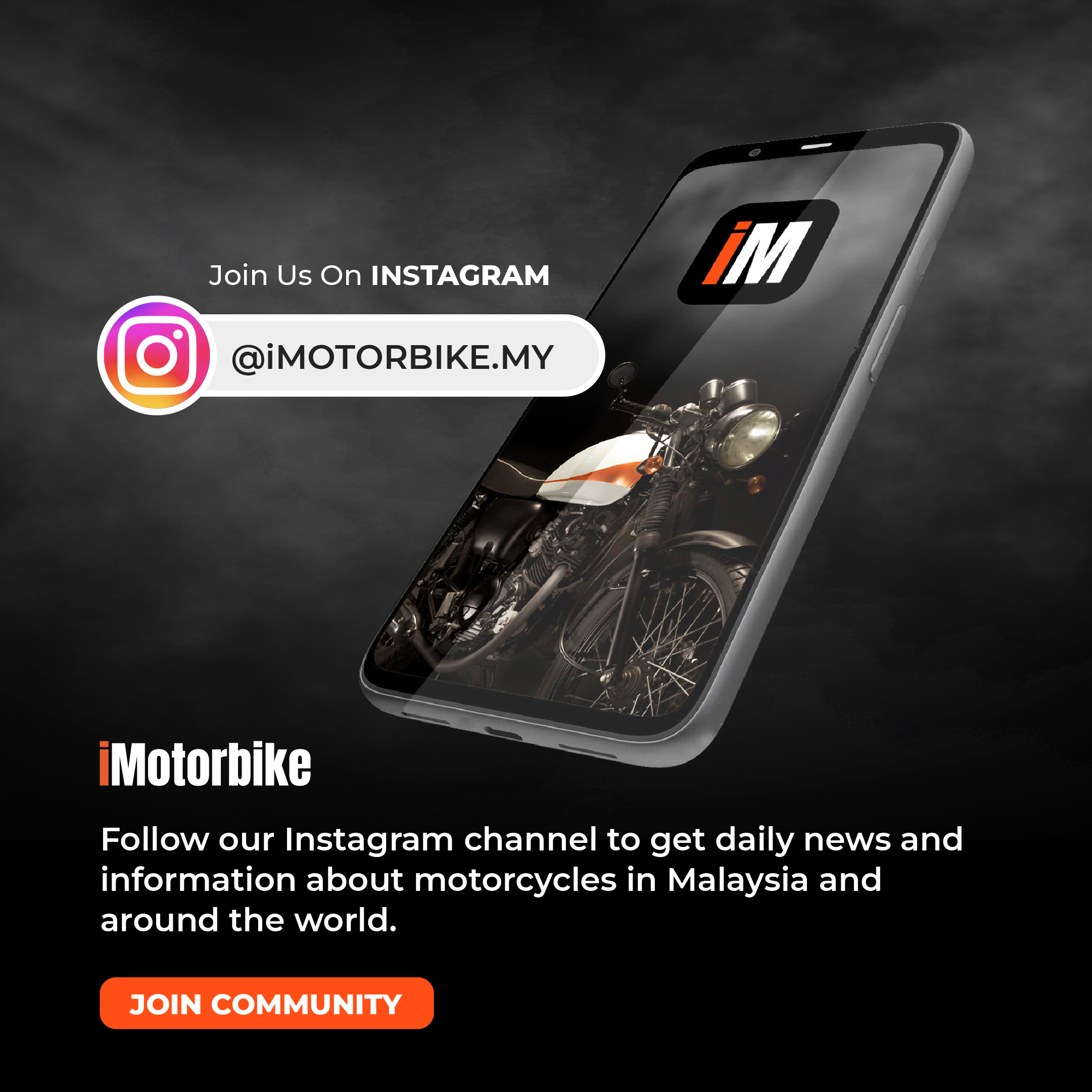














Facebook
Instagram
X (Twitter)
YouTube
LinkedIn
RSS